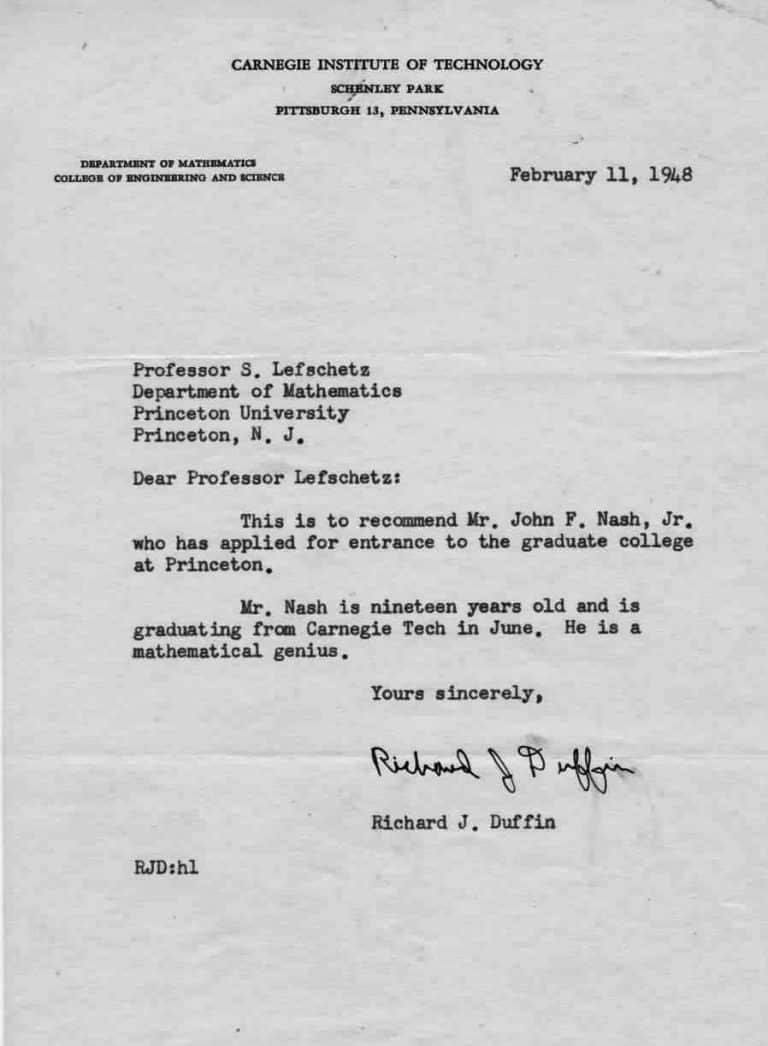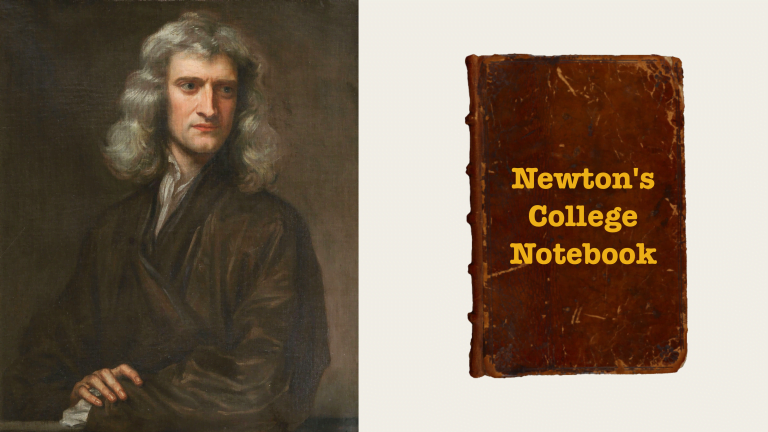In one episode of Simpsons, Lisa Simpson creates a perpetual motion machine that defies the laws of thermodynamics, proving once again that the show knows no bounds. Then Homer scolds her with: “Lisa get in here. In this house, we obey the laws of thermodynamics!”
In the late 1940s, German theoretical physicist Arnold Sommerfeld, having previously written a series of books in physics: mechanics (1943), electrodynamics (1948), optics (1950), etc., was asked why he had never written a book on thermodynamics. He gave a very interesting answer to this question:
"Thermodynamics is a funny subject. The first time you go through it, you don't understand it at all. The second time you go through it, you think you understand it, except for one or two small points. The third time you go through it, you know you don't understand it, but by that time, you are so used to it, it doesn't bother you anymore."But what are the laws of thermodynamics, and why are they so important? In this blog post, I will explore the three laws of thermodynamics and their real-world applications.
The first law of thermodynamics is usually stated as the law of conservation of energy: “Energy cannot be created or destroyed, only transferred or transformed.”
This law tells us that a closed system’s total energy remains constant over time. In other words, energy can neither be created nor destroyed. Still, it can be changed from one form to another – for example, from potential to kinetic energy or from chemical energy to thermal energy.
The second law of thermodynamics is a bit more complicated. Its basic principle states that in any closed system, energy always flows from the higher to lower states of the organization. This energy flow inevitably results in a loss of usable energy or increased disorder or entropy. To put it simply, the universe tends to move toward a state of maximum disorder.
In this house, we obey the laws of thermodynamics!
Now, let’s go back to Homer’s line. When he scolds Lisa for violating the laws of thermodynamics, he’s essentially saying that we must obey the laws of energy conservation and the universe’s tendency toward greater disorder. In other words, we can’t just create energy from nothing, and we can’t expect things to get more organized without putting in some work.
Applying the laws of thermodynamics to real-world scenarios can be illuminating. For example, the efficiency of a car’s engine can be explained through the laws of thermodynamics. Combustion engines convert chemical energy to mechanical energy (which moves the car), but total energy is lost as heat. This energy loss is unavoidable, but the job of engine designers is to minimize it.
The second law also helps explain why solar panels can’t solve all our energy problems: even in the most efficient solar panels, some energy is lost due to thermodynamic principles.
However, these laws are not just useful in the scientific world. They have implications for our daily lives as well. Understanding the laws of thermodynamics can help an individual make better, sustainable choices, such as using non-renewable resources, eating a well-balanced diet, and making smart heating and cooling decisions at home.
In conclusion, while the topic of thermodynamics might seem convoluted, understanding the basics of the laws can help us interpret our daily lives. From how we generate energy to how we manage our bodies, these laws give us a framework for understanding the world around us. So the next time someone asks you about the laws of thermodynamics, channel your inner Homer Simpson and respond confidently!
You may find these also interesting:
• 22 Best Physics Textbooks, According to a Harvard Ph.D. Student in Physics
• Best Physics Textbooks to Learn Physics
• Ten Of the Best Books About Physics to Understand Our Universe
• The Feynman Lectures on Physics







